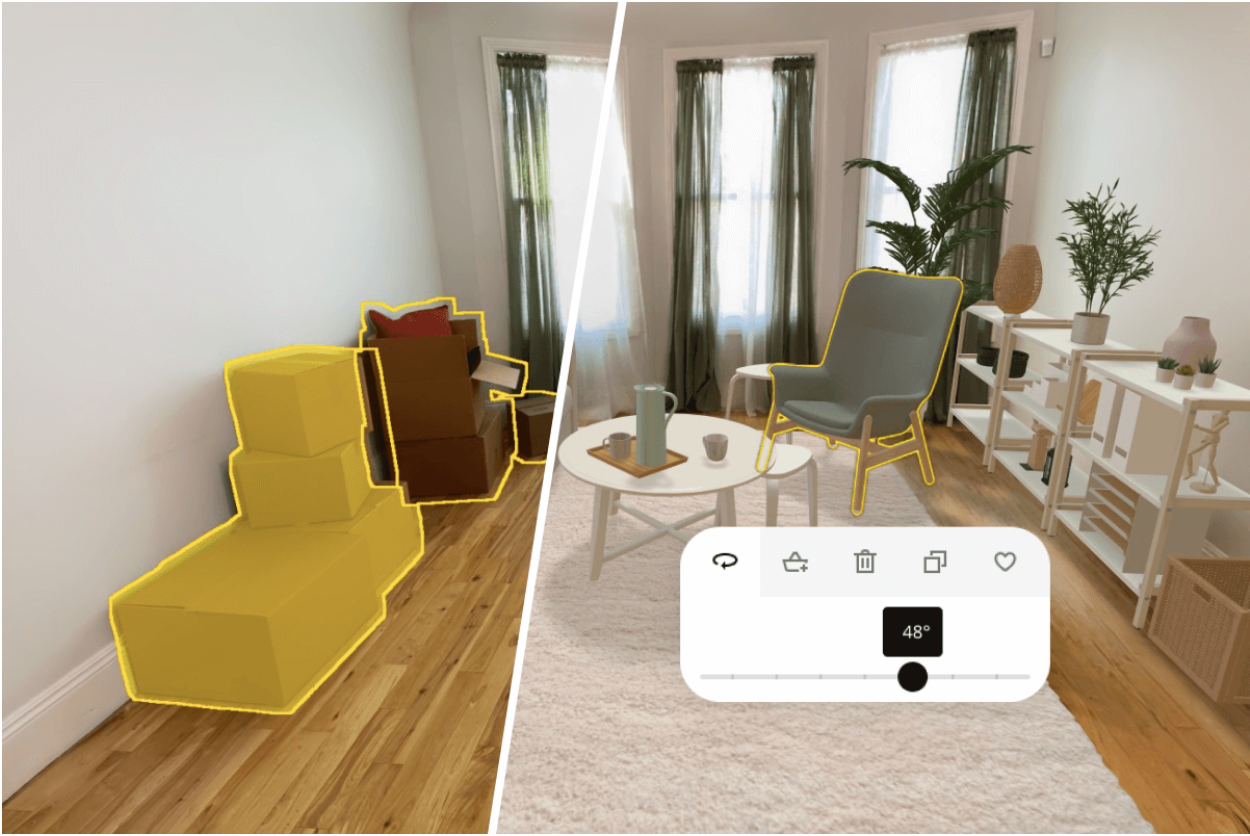Learn how an effective omnichannel strategy can create seamless, personalized experiences no matter where your consumers shop.

Keywords
For example, imagine you’re shopping for a coffee maker. You stop in the store and find one with the features you want. When you get home, you check online and see it comes in your favorite color. You download the brand’s mobile app and use their AR tool to see it fits nicely on your kitchen counter. Now you hop back online, compare prices across multiple vendors, and then voila, purchase complete.
This is the reality of omnichannel shopping experiences that brands need to put at the center of their strategies. But in today’s hyper-competitive market, it’s not enough to simply exist on a variety of channels, your brand has to thrive on a wide range of platforms, generating meaningful customer experiences on every. single. one. Creating a robust omnichannel retail strategy isn’t easy, but it is impactful. Let’s take a look at how brands can improve their approach.
The first step to improving the omnichannel experience? Adopt a truly omnichannel strategy. That means looking beyond digital channels. Yes, digital commerce has exploded over the past few years, but there’s power in physical stores. Far from extinct, brick-and-mortar stores play a crucial role in the shopping journey, allowing customers to see, touch, and try products in person before making a purchase.
Customers today are increasingly embracing hybrid shopping journeys – and your brand should too. In fact, a consumer survey found that 84% of consumers have researched products online before buying offline (in a store), and 77% have browsed products in-store but purchased online. What does that mean for your brand? Don’t ditch the in-store experience. Instead, focus on providing a seamless transition between online and offline interactions and creating an impactful product experience no matter where your consumers shop.
Whether in store, online, on mobile apps, or anywhere in between, customers should be able to instantly recognize your product and have all the information they need to make a decision. That means prioritizing consistency in product information, branding, assets, and more. After all, there are few shopping experiences more frustrating than seeing two different product measurements on two different platforms.
In a true omnichannel strategy with several consumer touchpoints, juggling product information can be tricky… and time consuming. But that’s where PIM software comes in. With the right PIM tool, you can make sure product data is accurate across all channels, without increasing the burden on your internal teams.
But be careful – “consistent” doesn’t mean “copy and paste.” Amazon has different content requirements than Instagram, which looks different from the content you need to supply for brick-and-mortar stores. To provide the best brand experience, you have to cater to each channel (and a PIM tool can help with this too.)
Sometimes, the best product experiences happen when the channel lines are blurred – and the surge of innovative retail technologies is making that possible. Take IKEA for example. In 2022, the brand introduced IKEA Kreativ, an AI-powered augmented reality program that allows shoppers to virtually see products in their actual homes with accurate dimensions and lifelike perspectives. By meshing the ease of online shopping with the power of physically seeing how a product incorporates into a space, IKEA has empowered consumers to make better shopping decisions.

AI technology is making waves across all industries, and the retail space is no exception. It has the potential to transform customer interactions, offering 24/7 service, instant responses, and even personalized product suggestions.
And though personalized suggestions aren’t new in the retail world, the mechanics behind them are, making them more accurate than ever. Machine learning algorithms can analyze a customer’s past shopping data across platforms, and then provide a tailored, curated shopping experience for each individual customer. That’s a win for both customer satisfaction and loyalty.
As retail competition increases and the economic forecast looks questionable, consumers want to buy from brands they trust. That means growing – and maintaining – customer loyalty is key for a successful retail strategy. And when it comes to loyalty, customers are being loud and clear: they’re sticking with their values.
Consumers want to know what you stand for and what you care about, and they want to see transparency and authenticity in your communication. Take the time to share your story, your mission, your values, and your practices. Invest in videos and stories that show your sustainability efforts and ethical practices. Our survey found that 35% of customers see sustainability as a key piece of product information, so don’t skimp on the data shoppers truly care about. To create the most compelling, meaningful customer experience, your brand values have to be a part of the conversation.
The very first interaction most shoppers have with a brand is through their products and this experience sets the stage for everything to follow. First impressions are everything. Do you want misleading photos, typos, incorrect product information or a complete lack thereof to be the mark of your brand?
That’s why product experience must be the foundation for customer experience. A strong product experience can quickly build consumer loyalty, driving repeat purchases and encouraging consumers to try more of what you have to offer.
And it starts with comprehensive, accurate, and engaging product information. This includes everything from basic product features to detailed product descriptions, high-quality images, and customer reviews. It also means optimizing the information for each channel, making sure it meets the expectations of each platform. Without a strong foundation of product information management, optimization, and syndication, your customer experience will fall short.
Creating a rich, seamless, and personalized omnichannel experience is a must, not a luxury. Digital and physical channels are no longer separate entities but are definitively linked parts of a larger customer journey. And this is a good thing! The beauty of an omnichannel approach is in its versatility and adaptability, allowing brands to meet consumers where they are and deliver an experience that’s consistent yet customized, innovative yet familiar.
Don’t forget, at the heart of it all is the product. It’s the first touchpoint, and the first opportunity to shape the narrative, the vision, and the values of your brand. If you’re curious about how to improve the product experience and drive a better customer experience, take a second to chat with our team on how Akeneo Product Cloud can help.
Akeneo technology supports omnichannel customer experiences, and more. Start your journey towards world-class product experiences today.


Explore how these 2025 Experience Award winners elevated product experiences by centralizing data, automating workflows, scaling globally, and...
Read more
Welcome to the digital shelf: the online space where products are discovered, evaluated, and purchased. Whether you’re aiming to boost visibility,...
Read more
As more brands are transitioning to Digital Product Passports (DPP), there are crucial steps that need to be taken to ensure that brands are...
Read more